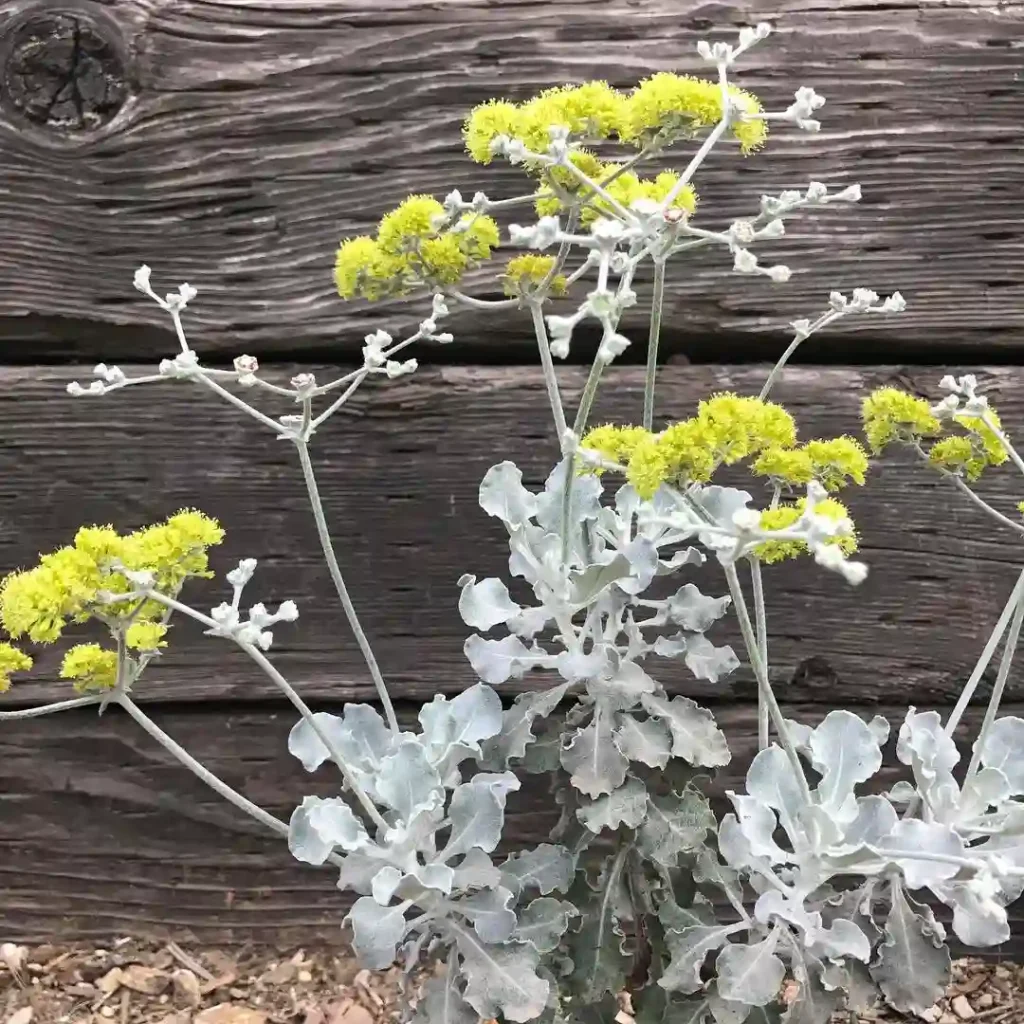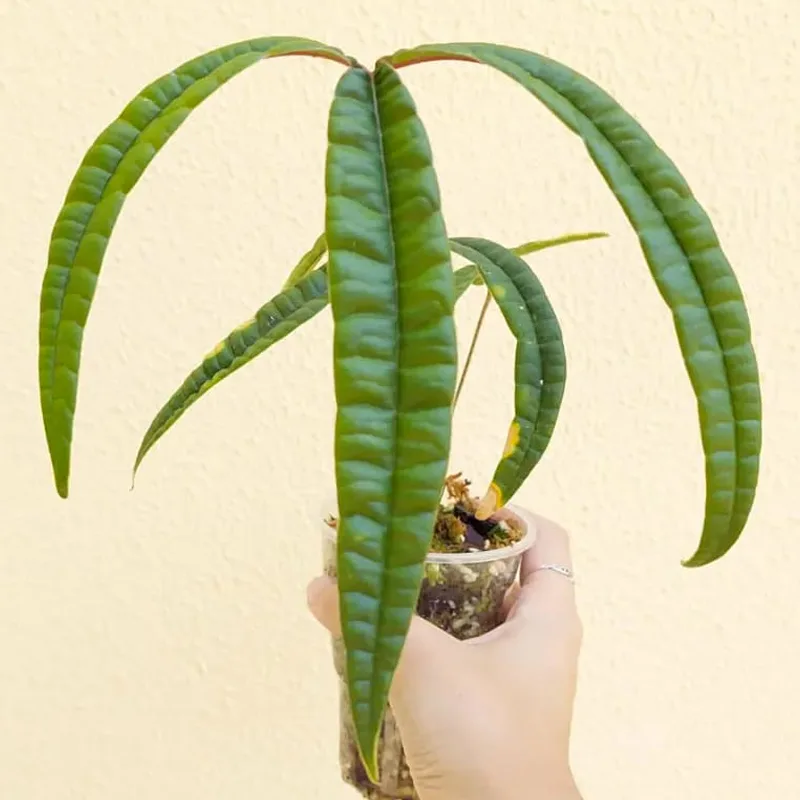
My Fascination with Sexy Pink Heliconia
If you’ve ever wandered through a tropical garden and been struck by a vivid splash of pink, chances are you’ve encountered the Heliconia Sexy Pink. This plant isn’t just a feast for the eyes; it’s a symbol of the lush, vibrant life found in tropical regions. I’m Ferb Vu, and I’m excited to share my journey with this captivating plant.
Plant Family: Heliconiaceae – 203 Species in Genus Heliconia
What is Heliconia Sexy Pink?
Sexy Pink Heliconia, or Heliconia chartacea, is a member of the Heliconiaceae family, native to South America. It thrives in tropical climates and is known for its robust, banana-like leaves and dramatic, hanging bracts. The actual flowers are small and tucked within the bracts, often unnoticed by the casual observer. This plant can grow quite tall, often reaching heights of up to 12 feet, making it a statement piece in any garden.
Why is it Called Sexy Pink Heliconia?
The name “Sexy Pink Heliconia” conjures images of something glamorous and alluring. The moniker is fitting for this plant, which boasts pendulous, hot pink bracts that hang gracefully from its stem. These bracts, often mistaken for flowers, create an almost sensual display as they cascade downwards, attracting hummingbirds and garden enthusiasts alike. The term “sexy” captures the plant’s ability to stand out and captivate, while “pink” highlights its striking color.
How to Care for Sexy Pink Heliconia?
Caring for Sexy Pink Heliconia involves understanding its natural habitat and mimicking those conditions as closely as possible. Here are some essential care tips:
- Light: Heliconias thrive in full to partial sunlight. Ensure they get plenty of light, but be mindful of scorching midday sun, which can damage the leaves.
- Water: These plants love moisture. Keep the soil consistently damp but not waterlogged. During the growing season, regular watering is crucial.
- Soil: A well-draining, rich soil is ideal. Adding organic matter can enhance soil fertility and structure.
- Fertilization: Regular feeding with a balanced fertilizer can promote vigorous growth and vibrant bracts. I recommend fertilizing every two weeks during the growing season.
- Temperature and Humidity: As a tropical plant, Sexy Pink Heliconia prefers warm, humid conditions. Protect it from cold drafts and temperatures below 50°F.
How to Propagate Sexy Pink Heliconia?
Propagating Sexy Pink Heliconia is an exciting endeavor. The most common method is through rhizome division. Here’s how I do it:
- Dig Up the Rhizome: Carefully dig up a mature plant, making sure to get a good portion of the rhizome.
- Divide the Rhizome: Use a sharp, sterilized knife to divide the rhizome into sections, ensuring each piece has at least one growth node.
- Replant: Plant the divided rhizomes in rich, well-draining soil. Water them thoroughly and place them in a warm, bright location.
- Patience: New growth may take a few weeks to appear. Keep the soil moist and be patient.
What to Plant with Sexy Pink Heliconia?
Choosing companion plants for Sexy Pink Heliconia can enhance its beauty and create a lush, tropical ambiance. Here are some of my favorites:
- Bird of Paradise: With its striking orange and blue flowers, Bird of Paradise complements the pink bracts of Heliconia beautifully.
- Ginger Plants: Their varied colors and textures add depth and interest to the garden.
- Ferns: The lush, green fronds of ferns provide a lovely contrast to the bold pink of Heliconia.
- Bromeliads: These plants offer a variety of colors and shapes, enhancing the tropical feel.
Why Grow Sexy Pink Heliconia?
Growing Sexy Pink Heliconia is more than just adding a pretty plant to your garden. It’s about embracing the exotic and the unique. This plant can transform an ordinary garden into a tropical paradise, attracting wildlife like hummingbirds and butterflies. Its bold presence and stunning color can inspire joy and wonder, making it a true gem in any plant collection.
In conclusion, Sexy Pink Heliconia is not just a plant; it’s a statement of beauty and life. Its care requires dedication, but the reward is a spectacular display that can captivate and inspire. Whether you’re an experienced gardener or a novice, the journey with this plant is sure to be a rewarding adventure.
If i die, water my plants!



